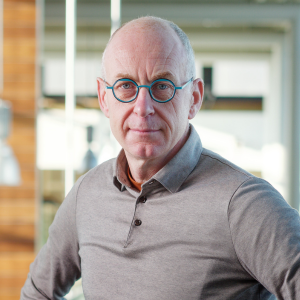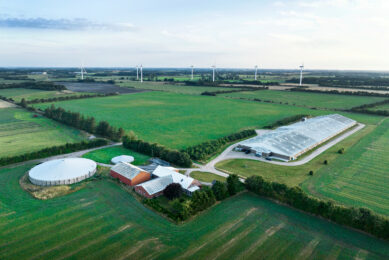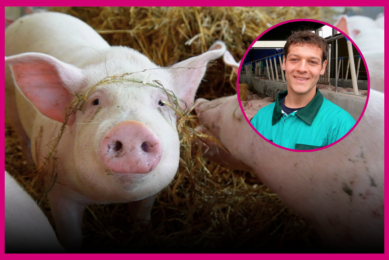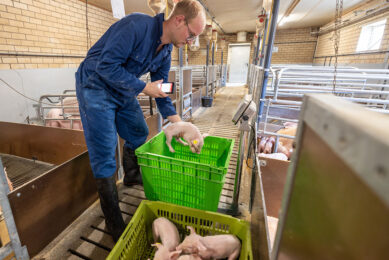Danish pig farmer creating low emission pig houses
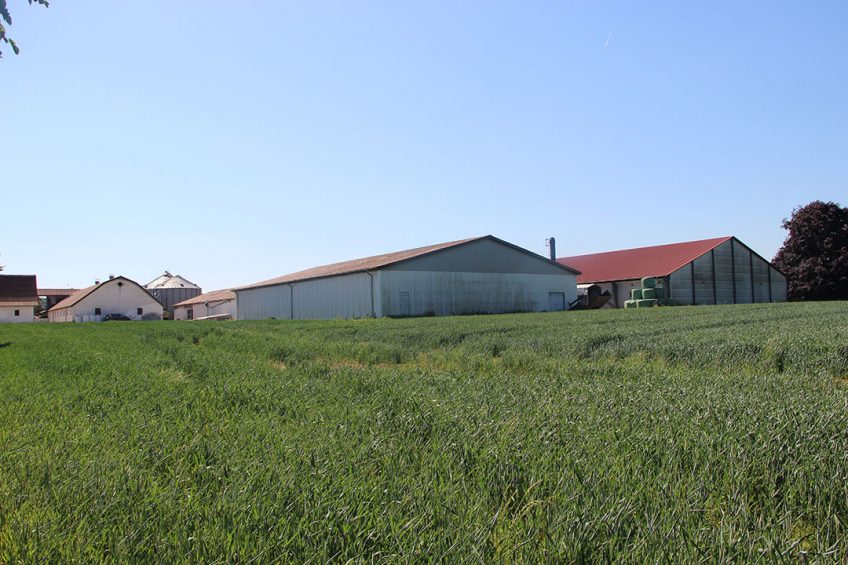
Danish pig farmer Jørgen Berth developed his own type of pig house which is low in emissions. He uses manure pits in combination with extraction, making sure that the pig house’s indoor climate remains fresh.
As Jørgen Berth is already retired, this Danish pig farmer is at liberty to do what he enjoys most: innovating. The day-to-day management of the Specific Pathogen Free (SPF) pigs is a job for his son. Originally, Mr Berth wasn’t a pig person anyway – he was educated as a chemical engineer and worked in the plastics business for a long time.
|
Nowadays, he applies his knowledge about plastics in designing his emission-low pig house which tackles the ammonia problem right at the source. At several km away from his home location with 4,000 pig places, he owns a second pig location with a capacity of 2,250 pig places, with grower pigs from 7kg until market weight. It’s on this location where he is renovating a pig house, making it low in emissions.
Frequent manure removal
The major principles behind the Berth design are frequent manure removal, the reduction of the manure surface and this all in combination with manure pit extraction. In order to achieve that, he developed prefabricated manure pits. In these square manure pits, a funnel has been installed, collecting the manure. Gases coming into existence there are being extracted through gaps just underneath the slatted floor. From there, the gaseous substances will be sent, through the space between the side of the manure pit and the funnel, to an air scrubber which is located just outside the pig house. Thus, ammonia and other gaseous substances will not enter the pig house. Mr Berth says, “The ventilation I mainly do for constant pig house temperature. Not so much for creating a fresh climate.”
Another advantage of frequent manure removal is that the amount of manure in the system is significantly reduced. This means also the formation of methane is significantly reduced – which increases the biogas potential.

During the renovation, it was perfectly visible as to how the concept will be working. The manure pits are being placed one against another. In order to arrange a good manure extraction, the end of each funnel is being connected to a subterranean sewer. At the end of the sewer, there is a valve to allow the manure to flow out. That valve is located outside.
The manure pits can come in any size desired. In this specific pig house, Mr Berth will work with a space of one third slatted floor, the remainder being a solid floor. Pens of this size weigh roughly 70kg and the plastic’s thickness is about 8mm.

Moon Project
For 2 years now, Mr Berth has been participating in the so-called ‘Moon Project’, which was initiated by the Danish Ministry of Environment and Food. That project has been running for several years. Its goal is to develop a pig industry with a minimal emission levels. The driving forces behind the project take the following line of thought: If it is possible to have a man on the moon, it also has to be possible to keep pigs without obnoxious gases being emitted.
Mr Berth has been participating for 2 years and that is for a reason. In the past, the goal of the research was for the design of new pig houses. These days, however, the project also is open to making existing pig houses low in emission. In recent years, Mr Berth has invested € 1.6 million into the project as well as the ongoing development of manure pits, ‘cassettes’, as he likes to call them. The amount was subsidised by the ministry by 50%. The project is part of the Green Development and Demonstration Programme (GUDP).

Close to a natural area
Mr Berth purchased the home location back in 1991. At that site, he now keeps about 4,000 finisher pigs. Having that farm constructed was also hard work, due to its proximity to an area that is reserved for nature development. Mr Berth explains, “What is present here are all the possible restrictions you can think of against keeping pigs.”
To keep that amount of pigs, Mr Berth had to convert his pig house to become low in emissions. Without doing so, the maximum number of finisher pigs allowed would have been 200. That is why he chose to include an extraction unit next to the manure pits at his home location. The basement design at the second location is different. The manure will not be caught in a funnel shaped pit, but more likely in a half round pit.

Check out Pig Progress’ interactive map of farm all around the globe.
Mr Berth is living in a square farm house next to the pig house. He states that pig odours never bother him and he prefers to keep things that way. He says, “In essence, it is just an industrial company. I do not want to smell odours constantly.”
Ammonia reduction is at least 90%, he says. The ministry carries out regular checks, and truth be told, no pig odours can be smelled. All in all, the concept seems to work.


 Profile
Profile